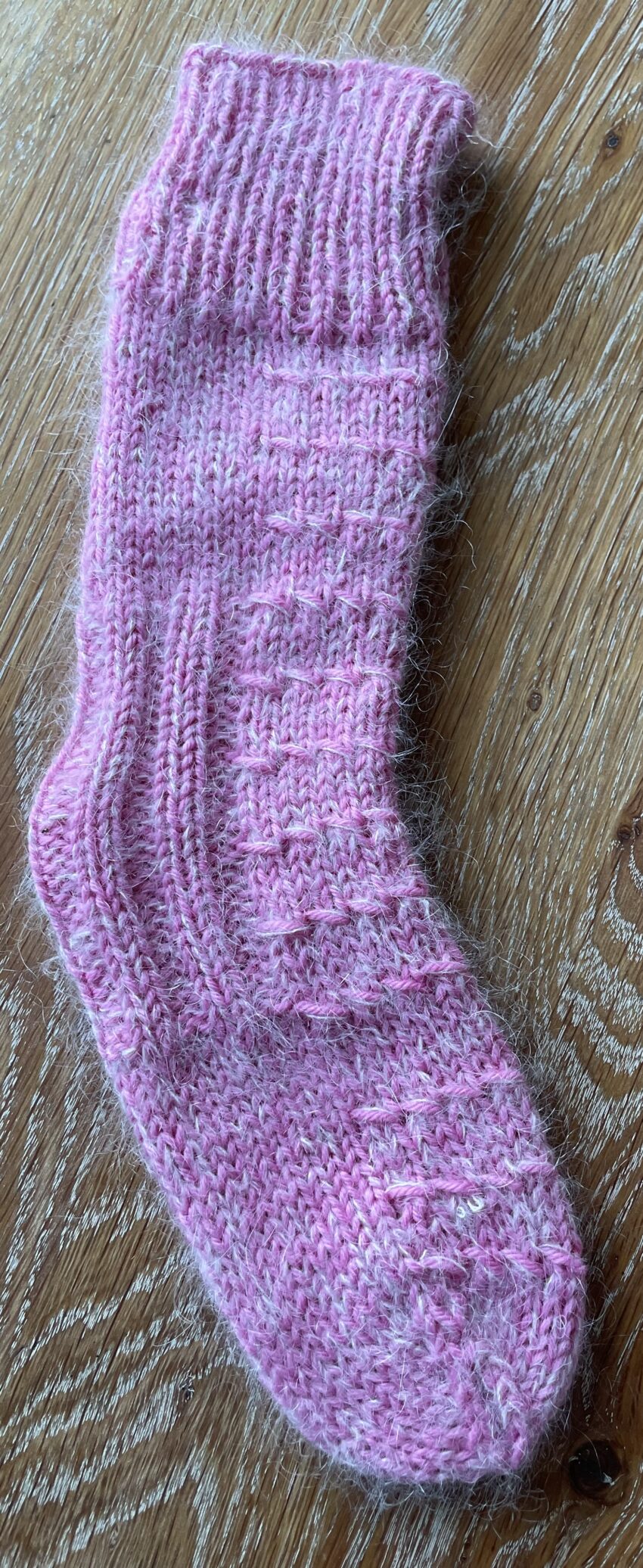Beautiful hand-knitted socks made from good quality yarn are a delight to the eyes and wonderful on the feet. Many knitters are masters of sock knitting, producing pair after pair and sometimes showcasing their work in large and small groups on social media.
Others, less skilled, watch with admiration and wish to be part of this talented group but may never quite get there.
The reasons can be many, but for this knitter, it’s the heels.
In elementary school, one learned to make a heel and has stuck with that method, with varying success, ever since. Somehow, my heels never turn out quite as beautiful as the masterful ones I see online, although they are usable.
This summer, when the weather wasn’t as wonderful as one meteorologist had led us to believe in the spring, I spent long hours in front of the computer screen (a broken wrist had something to do with that as well). I used the time to travel through the sock colonies.
I sought out heels of all shapes and sizes, saved the most interesting ones to a folder, and tried more or less all the methods.
I wanted to find heels that were easy to knit, foolproof and could work well for stocking up my grandchildren’s wardrobe for the fall.
Ultimately, I stumbled upon heels that were not heels at all.
Of course, those who have knitted spiral socks know this, but although I was familiar with them, I needed this journey.
The simplest sock pattern in the world – no heel flaps – works on any size and is a great beginner’s project because they are so simple.
You just cast on the appropriate number of stitches, knit the cuff for the desired number of rounds, then knit plain or with a pattern or whatever you like, and then comes the “heel.” It is done by knitting half of the stitches in k2, p2 ribbing, and the other half simply in the same stitch as the rest (plain or patterned). It’s good to use needles half to one size smaller for this part.
Now, knit several centimeters like this. The advantage of this method is that the “heel” can shift in size if no hole appears (which, by the way, is not difficult to fix when using this method). After that section is done, continue knitting in plain or pattern as appropriate and then decrease and cast off traditionally.
Below are reference tables that show shoe size, gauge, and the number of stitches to cast on for many sock sizes. Keep in mind that age and shoe size do not always correlate, and thus sock size may vary.
